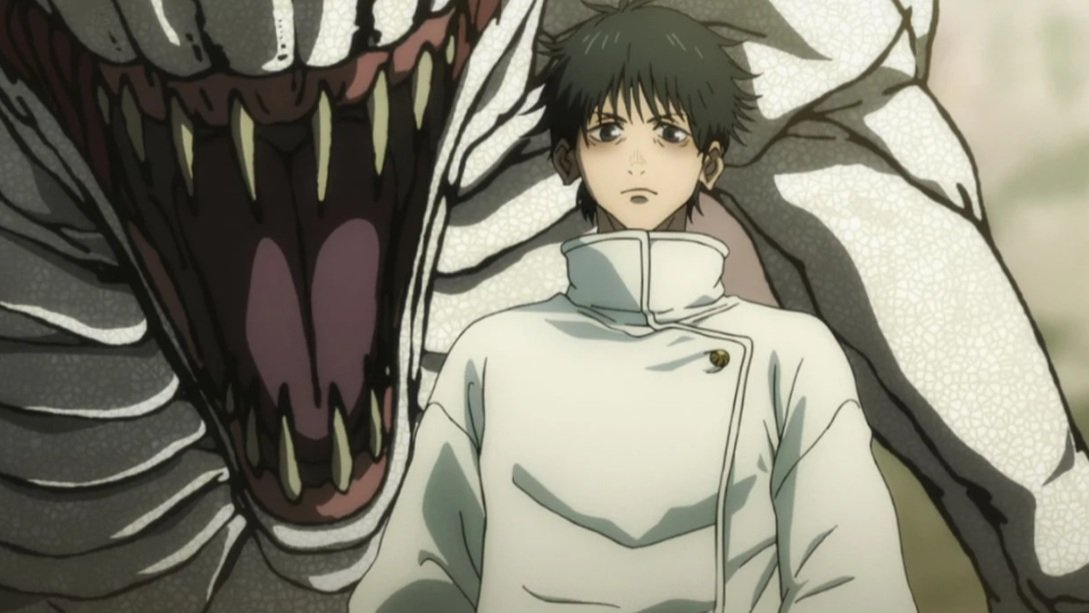Review: The Irishman
For the first two acts of Scorsese’s roughly three-and-a-half-hour epic, The Irishman, he and virtuoso editor Thelma Schoonmaker weave a tale that feels like a greatest hits album of Scorsese’s long and illustrious career behind the camera. The opening shot sees cinematographer Rodrigo Prieto weaving through a crowded nursing home to the tune of classic rock, a Marty staple. Voice-over narration festoons the picture’s generous runtime, locating and re-locating us as the tale progresses. And, much of the film feels like a feature-length extension the “Funny how?” scene in Goodfellas, with tension so thick it needs to be cut with a chainsaw. It’s an enjoyable, if familiar, ride. But, the third act is where The Irishman soars. As the story hurtles toward its climax, Scorsese pumps the brakes and pulls a page from Sergio Leone’s mournful gangster epic Once Upon a Time in America, exhaling deeply and allowing the picture’s emotions to really stew. As characters begin to take stock of things, there is a sense that this a film less about the excitement of a life lived around and in crime, but more a film about the permanent regrets faced in our final hours and about the inevitability of decay; you can escape the law, but you can’t escape your own entropy.
In the midst of mid-century socio-political tumult, Frank Sheeran (Robert DeNiro), a truck driver, begins to work for Russell Bufalino (Joe Pesci), patriarch of a prominent crime family, and quickly develops a filial bond to the ruthless mob boss. Bufalino needs a job done? Sheeran gets it done with brutal and ear-popping efficiency. One scene, early in the picture, sees Sheeran infiltrate a restaurant to kill a target. And, when the shots do ring out, they threaten to blast a hole in the speakers. Simultaneously, Sheeran begins to ingratiate himself to the likes of Jimmy Hoffa (Al Pacino), a teamster tied to organized crime, by providing him with protection and company. Slowly, but surely, Sheeran’s dual loyalties begin to stretch him in two directions, threatening to rend him in two, just as the country is ripped apart by the sudden assassination of JFK.
What works best in this latest picture from one of our great living directors is the characters. When you manage to scrape up some of the New Hollywood movement’s very best talent—Robert De Niro, Al Pacino, Joe Pesci, Harvey Keitel—and some of the best actors of recent times—Jesse Plemons, Anna Paquin, Ray Romano, and Bobby Cannavale—it’s inevitable that great performances will abound. And they do. These characters act like they are in a Scorsese movie; which is to say that they react to their extraordinary circumstances like normal people would, but with the wit and charm that most can’t muster in the moment. They’re funny when they need to be, shockingly cold-blooded in other moments, and surprisingly tender in others. However, in the third act, again, Scorsese, forges a unique path. As the central cast withers away in their final years, there’s a sense of longing, pain, and exhaustion that feels new to the septuagenarian director’s now famous palette. A cracked door after an awkward and incomplete confessional, and a stuttering phone call attempting to build some sort of redemptive bridge forward, stand out as moments that cement the film’s most compelling tone. It recalls the climax of Once Upon a Time in America, where an equally stupendous performance from Robert De Niro depicts an aging rum-runner’s gnawing regret through some of the most sublimely wistful expressions ever put to celluloid.
That being said, Scorsese is a tad too exuberant here. And, though longtime collaborator Thelma Schoonmaker ekes some grin-inducingly, wonderful smash cuts out of the material, with a stricter hand behind the wheel some of this could, and likely should, have been left on the cutting room floor. Both Scorsese and Schoonmaker are excellent at allowing scenes the room to breathe and build tension appropriately. But, sometimes, especially in some of the expository montages, too little is conveyed over too long. There are also some oddities, as I found with Scorsese’s last, Silence, in the sound mixing. Levels are off in certain scenes, leading to some jarringly soft dialogue. It could certainly have just been a problem with the theater’s setup, and I am eagerly awaiting a re-watch on Netflix (out on November 27th) to ensure this is, indeed, a problem with the theater, and not the film itself. But, it’s worth noting. Maybe sit close to the speakers if you plan on catching this theatrically. And you should.
Prieto’s compositions aren’t as otherworldly nor as evocative as they were in Silence. But, he does some sublime work with colored lighting here. Golden light softly bounces about in musty bars, soft, pastel lighting shimmers on the wrinkled visages of the main cast during glitzy awards ceremonies, and the harsh, grey lighting of the morning light provides a blinding contrast to the interiors. It’s a sharp-looking film, as is to be expected with any Scorsese picture. And, the images have an almost hyper-real digital look, despite being mostly shot on 35mm (every sequence featuring heavy de-aging of the characters was shot digitally). I won’t go so far as to say this is one of Scorsese’s best, only because the highs of his filmography are so very high. But, it is one of the very best pictures of the year. And, no matter how you can see it, you should. For all the public bluster about Scorsese’s dismissive opinion of modern, superhero tentpole films, the man is still making compelling, personal, and risky films. And, that, above all else, ought to be celebrated.














